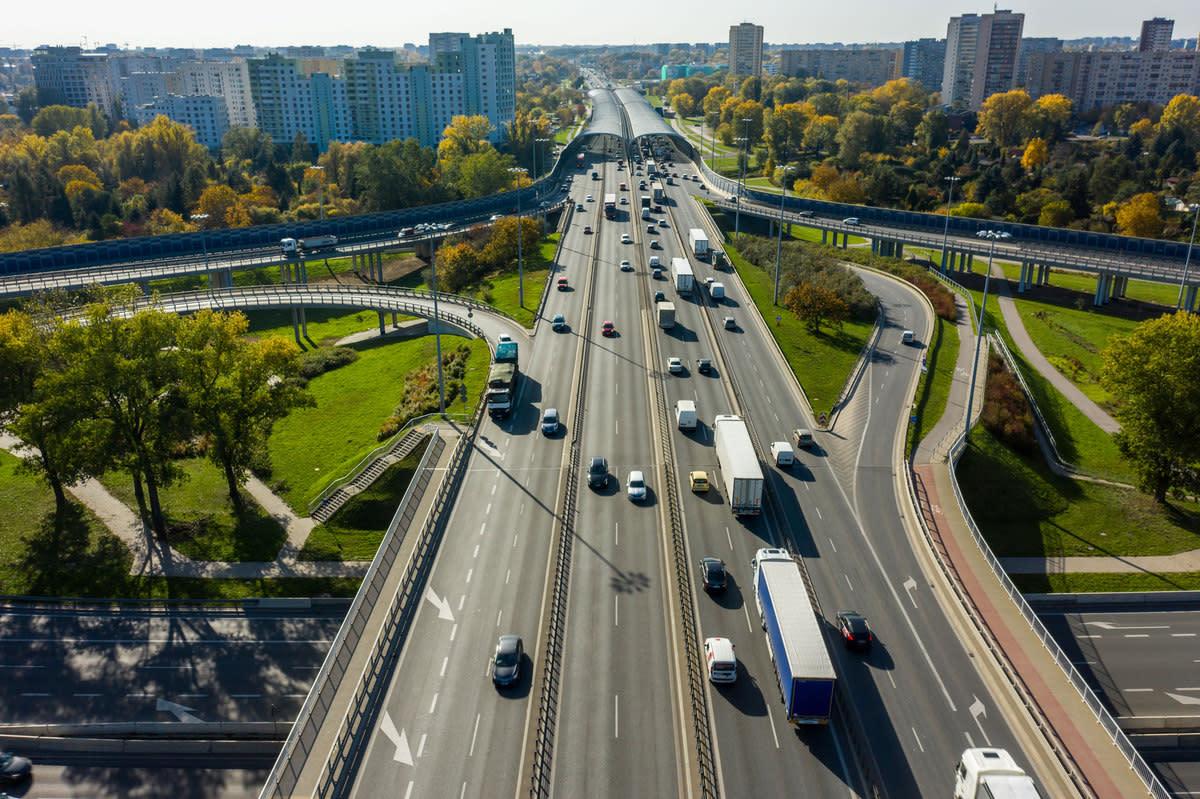Interview with Mobility Expert Augustin Friedel
Augustin Friedel has proven his passion for micro mobility, mobility on demand service and public private partnerships with many different mobility operators. In an interview with Futurice, he reveals his personal vision for autonomous driving and explains how [micro mobility](https://futurice.com/blog/as-micromobility-matures-controversy-turns-into-collaboration) could continue even outside the city centers.
The German industry has very strong experience in building well engineered mobility hardware. How can they best leverage this to continue shaping mobility in the future? Or will new business opportunities be led by others?
German corporates do not only stand strong in engineering. Innovative local companies also have a strong foothold in mobility services that might become more relevant in the future. Regarding autonomous driving technology, it’s taking longer to deploy robo-taxis than everyone expected. Nevertheless, some local industry players like OEMs and Tier 1 suppliers are playing an important role in developing, producing and deploying the technologies needed for autonomous driving. New entrants like tech players or mobility services may also engage in the market and at the end we might see more collaborations and cooperation between involved stakeholders. Incumbents have also gained a lot of trust by consumers, politics and local authorities – a value that should not be underestimated in the process of deploying autonomous driving technology.
Looking at autonomous driving - Where do you see opportunities for car manufacturers compared to global tech companies?
Car manufacturers have extensive experience in engineering, quality assurance and production at scale. I could see scenarios where car manufacturers, tech companies and other stakeholders partner to deliver the mobility solutions that consumers expect. As mentioned above, car manufacturers and the related brands have a strong reputation that can be a huge asset to gain trust from consumers and public stakeholders.
You are a big advocate of micromobilty that is currently very present in city centers. How do you see its potential for suburban areas and how will it change commuting?
I think shared micro mobility might further spread to smaller cities, as it could be seen in Europe and North America. Station based micro mobility systems that are possibly supported by the local government could see adoption in suburban areas as well. Already today, we see that cities leverage their influence in tender processes and enforce service operators to deploy certain thresholds of micro mobility vehicles in less dense areas and suburbs.
As the variety of electrified micro mobility vehicles (bikes, kick scooters, mopeds) is expanding in retail channels, the role of self-owned micro mobility vehicles for commuting is also increasing. Thanks to E-bikes and scooters, covering longer commuting distances is becoming more convenient.
Suburban areas are on the rise and involved stakeholders need to find ways to allow car free commuting - from growing suburban areas into the city centers.
Following our previous question, how will mobility in more rural areas change?
The personal car might remain the primary mode of choice in rural areas. For private mobility service providers the density of people is too low to offer sustainable services at acceptable costs. However, I could imagine that public transit operators will become more active in exploring and testing services like DRT (demand-responsive transport) systems to complement the existing public transport offering, maybe replacing some of their traditional bus lines later on.
How can integrated ecosystems and partnerships help to stay relevant in the mobility market?
Integrated ecosystems and partnerships are a hot topic on public policy levels. As a service provider, being open for partnerships and integrations can have a positive impact on relations to local decision makers. Some cities have already decided that service providers need to get integrated in platforms if they want to operate in the market.
Both - ecosystems and partnerships - play an important role. Some heavy asset mobility services could use integrated ecosystems to increase the utilization of their vehicles. Additional customers may help to reduce the idle time of the vehicles and increase the revenue potential.
Mobility service providers often have expert knowledge in one specific vehicle service of the whole mobility bandwidth. However, most consumers using mobility services are relying on more than one vehicle to fulfill their mobility needs. Partnering with complementary services (e.g. a partnership between a car sharing and a micro mobility operator) could add value for the users and also generate additional revenue potential.
Integrated ecosystems and partnerships are also a hot topic on public policy levels. Being open for partnerships and integrations can have a positive impact on relations to local decision makers. Some cities have already decided that service providers need to get integrated in platforms if they want to operate in the market.
Looking at intermodal transportation - where do you see the biggest challenges?
In the past, the discussion has often been driven by technology. Tech startups and PTAs wanted to showcase all the intermodal platforms that can possibly be built. They assumed that once the platforms were built, customers would follow naturally. But we can see in most of the MaaS markets that usage is limited and customer adoption is slow.
Therefore, the biggest challenge is to provide an experience for consumers that is as reliable and flexible as owning a personal car. I am curious if existing mobility platforms with a huge user base such as Free Now or Uber can gain more traction in the face of intermodal transport solutions.
What would you expect from cities to support sustainable modes of transport?
Openness to allow innovative mobility services to roll out their services at a sustainable business level.
Understanding that offerings like shared micro mobility and others are relatively new services- linked to challenges and iterations in service design.
Acceptance by citizens and more variety in modes of integration into the local mobility setup.
Willingness to adapt the usage of certain infrastructure, e.g. by being more flexible on usage fees like parking or by dedicating infrastructure to new use cases.
If needed, support for programs creating the needed infrastructure for sustainable modes of transport.
Data and AI are currently mentioned everywhere. Where may companies create a competitive advantage in mobility through using data? Are they even able to earn money with it or are there other ways data may serve them better?
Monetizing data with external partners could be a thing in the future, but my personal view is that there is mostly a lot of hype around it. Once the world is fully autonomous and connected, the business potential of data and business intelligence could increase.
Today, mobility service providers could and should use data to improve the performance of their services. Data could be used to increase the customer experience, e.g. by providing the right level of service at the right time. In addition, data points could also be utilized to increase the unit economics and business related KPIs of a service. And don’t forget the potential of collected data points to enhance the digital product as well as internal processes.
On a city level, data of multiple public and private services, general traffic flow data and others could be combined to identify weak spots in the local transportation setup and to define further budgets and projects for the mobility system and infrastructure. Pittsburgh is an interesting example here.
In three words, what would you see as the three mobility trends for the next year?
Electrification, Individual mobility and Pay-per-use services.
About Augustin Friedel
 Augustin is a well-known shared mobility expert with passion for micro mobility, mobility on demand service and public private partnerships. Some of his projects and reports can be downloaded here. After launching Uber in Germany in 2013, Augustin worked for companies like Blacklane, Rocket Internet and Deutsche Bahn subsidiary ioki. He is currently responsible for intermodality service topics at Volkswagen AG. The views expressed in this interview are his personal ones and not linked to any Volkswagen activity.
Augustin is a well-known shared mobility expert with passion for micro mobility, mobility on demand service and public private partnerships. Some of his projects and reports can be downloaded here. After launching Uber in Germany in 2013, Augustin worked for companies like Blacklane, Rocket Internet and Deutsche Bahn subsidiary ioki. He is currently responsible for intermodality service topics at Volkswagen AG. The views expressed in this interview are his personal ones and not linked to any Volkswagen activity.
To learn more about our mobility approach, check out our mobility page.
 Simone MittererGlobal Head of Brand and Communications, Germany
Simone MittererGlobal Head of Brand and Communications, Germany

